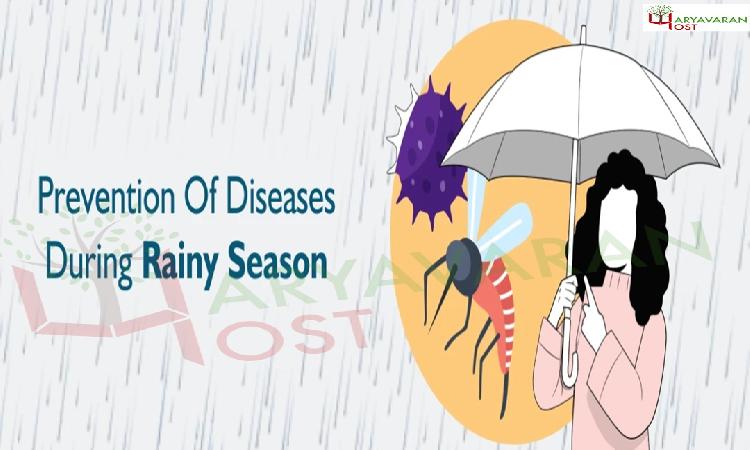

Honey, a golden elixir revered across cultures for its medicinal and culinary properties, has been utilized for millennia. Its multifaceted nature renders it not just a sweetener but also a healing agent. This article explores the benefits, drawbacks, and methods to identify pure honey.
Benefits of Honey:
Nutritional Powerhouse: Honey contains essential nutrients such as vitamins, minerals, and antioxidants. These elements contribute to overall health and well-being.
Antimicrobial Properties: Honey possesses natural antimicrobial properties due to its high sugar content and low pH. It can inhibit the growth of certain bacteria and fungi.
Wound Healing: The application of honey on wounds has been a traditional remedy for centuries. Its antibacterial properties help prevent infection while its viscous texture creates a protective barrier over the wound, aiding in the healing process.
Cough Suppressant: Honey serves as an effective cough suppressant, particularly in children. Its soothing properties alleviate throat irritation and promote a restful sleep.
Digestive Aid: Consuming honey in moderation can aid digestion. It helps alleviate symptoms of indigestion and may even soothe an upset stomach.
Boosts Energy: The natural sugars present in honey provide a quick energy boost. Athletes often consume honey to replenish glycogen levels post-exercise.
Skin Care: Honey's moisturizing and antibacterial properties make it an excellent ingredient in skincare products. It can help hydrate the skin and prevent acne.
High Sugar Content: While honey offers numerous health benefits, it is high in sugar and calories. Excessive consumption may contribute to weight gain and increase the risk of dental cavities.
Potential Contamination: Honey can be contaminated with toxins, pesticides, or antibiotics if not sourced from reputable sources or if the bees feed on contaminated plants.
Risk of Infant Botulism: Children under the age of one should not consume honey due to the risk of infant botulism, a rare but serious illness caused by bacterial spores present in honey.
Allergic Reactions: Some individuals may experience allergic reactions to honey, particularly if they have pollen allergies. Symptoms may include itching, hives, or even anaphylaxis in severe cases.
Not Suitable for Diabetics: While honey is a natural sweetener, individuals with diabetes should consume it sparingly due to its high sugar content, which can spike blood glucose levels.
Read Labels: Check the label for ingredients. Pure honey should contain only one ingredient: honey. Avoid products that list additional ingredients such as sugar or corn syrup.
Viscosity Test: Pure honey tends to be thick and viscous. When poured, it should flow slowly and form a thick stream.
Water Test: Place a drop of honey in a glass of water. Pure honey will settle at the bottom of the glass without dissolving, while impure honey may dissolve or mix with water.
Flame Test: Dip the tip of a matchstick in honey and strike it against the matchbox. Pure honey will light the match easily due to its low moisture content.
Crystallization: Over time, pure honey may crystallize, forming sugar crystals. This process is natural and does not indicate impurity.
Source: Purchase honey from reputable sources or local beekeepers who prioritize quality and transparency in their production methods.
In conclusion, honey stands as a versatile and beneficial natural product with a myriad of uses and health benefits. However, consumers should be mindful of its drawbacks and take precautions to ensure the honey they consume is pure and of high quality. By understanding the benefits, drawbacks, and methods of identifying pure honey, individuals can make informed choices about its consumption and integration into their lifestyles.